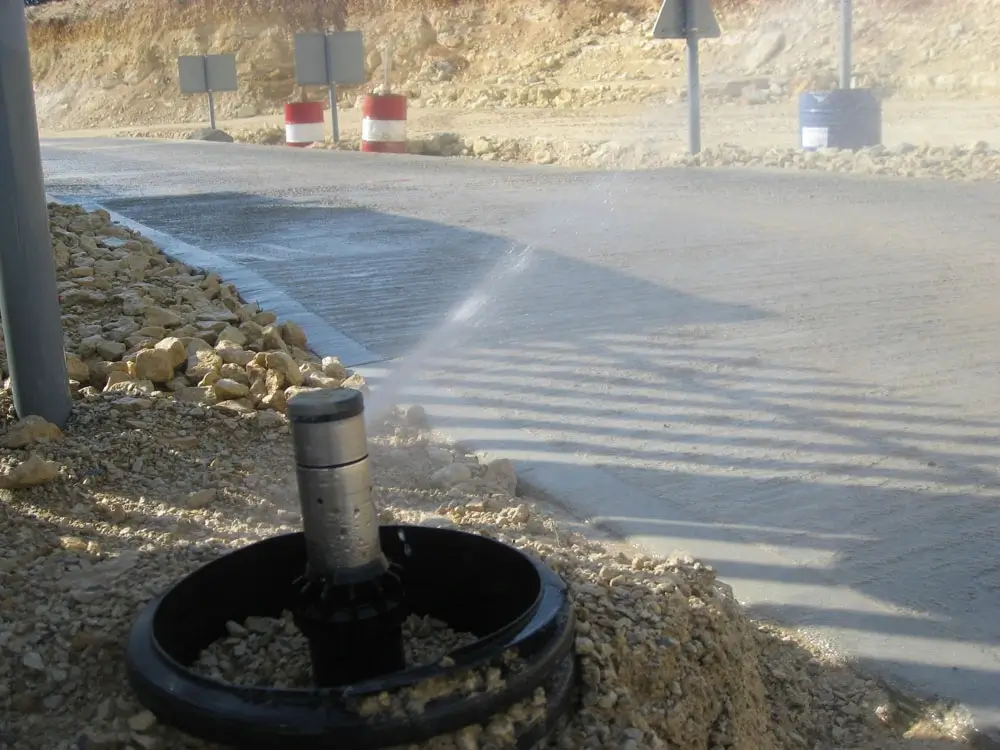In industries like construction, mining, demolition, and bulk material handling, managing airborne dust is a constant challenge. It’s not just about keeping sites tidy — excessive dust can create serious health hazards, damage machinery, violate environmental regulations, and slow down productivity. That’s where a dust suppression system comes into play.
A dust suppression system is a purpose-built setup designed to reduce the amount of dust released into the air during industrial processes. Rather than dealing with dust after it spreads, these systems work proactively by controlling it at the source. Depending on the industry and the type of dust, systems can be tailored to suit indoor environments, open-air operations, or large-scale haul roads.
How Do Dust Suppression Systems Work?
Most systems work on a simple principle: reduce dust by binding it with moisture or sealing it in place. The most common solution is water, delivered through nozzles that produce fine mists or larger spray droplets, depending on the setting. These droplets catch airborne particles and pull them down to the ground, preventing them from becoming a hazard.
For environments where water isn’t practical — such as cold climates or operations that handle moisture-sensitive materials — chemical suppressants are sometimes used. These form a crust or binding layer that prevents dust from being released in the first place.
Types of Dust Suppression Systems
There’s no one-size-fits-all approach, which is why dust suppression systems come in a range of formats:
- High-pressure misting systems: Installed around crushers, conveyors, and transfer points, these systems release ultra-fine water droplets to trap dust particles at the source.
- Fog cannons: Mounted on trailers or fixed locations, fog cannons shoot mist over large areas, making them ideal for demolition sites, quarries, or landfill operations.
- Rain gun sprinklers: Suitable for wide coverage areas such as stockpiles, coal yards, or construction zones. These use larger water droplets to wet the material and reduce dust lift-off.
- Dry fog systems: Designed for enclosed environments like warehouses, they release droplets so fine they evaporate without soaking equipment or materials.
- Automated sensor-based systems: These can monitor dust levels in real time and activate suppression automatically when thresholds are exceeded, saving water and energy.
Why It Matters
Dust control isn’t just a box-ticking exercise. Long-term exposure to fine particulate matter can lead to serious health conditions such as asthma, COPD, and lung disease — especially in workers who operate in dusty environments daily. Businesses also face pressure from regulators to control emissions, particularly in urban or environmentally sensitive areas.
Installing an effective dust suppression system can help organisations:
- Comply with environmental and workplace safety regulations
- Reduce the risk of complaints from neighbouring sites or residents
- Protect workers’ health and improve site visibility
- Minimise equipment wear and maintenance caused by dust ingress
- Operate more sustainably by reducing the need for manual cleaning and water overuse
Ultimately, a dust suppression system is a smart investment for any business that values compliance, safety, and operational efficiency. It’s not just about meeting the minimum standards — it’s about running a site that people want to work on, that clients trust, and that the wider community can support.




